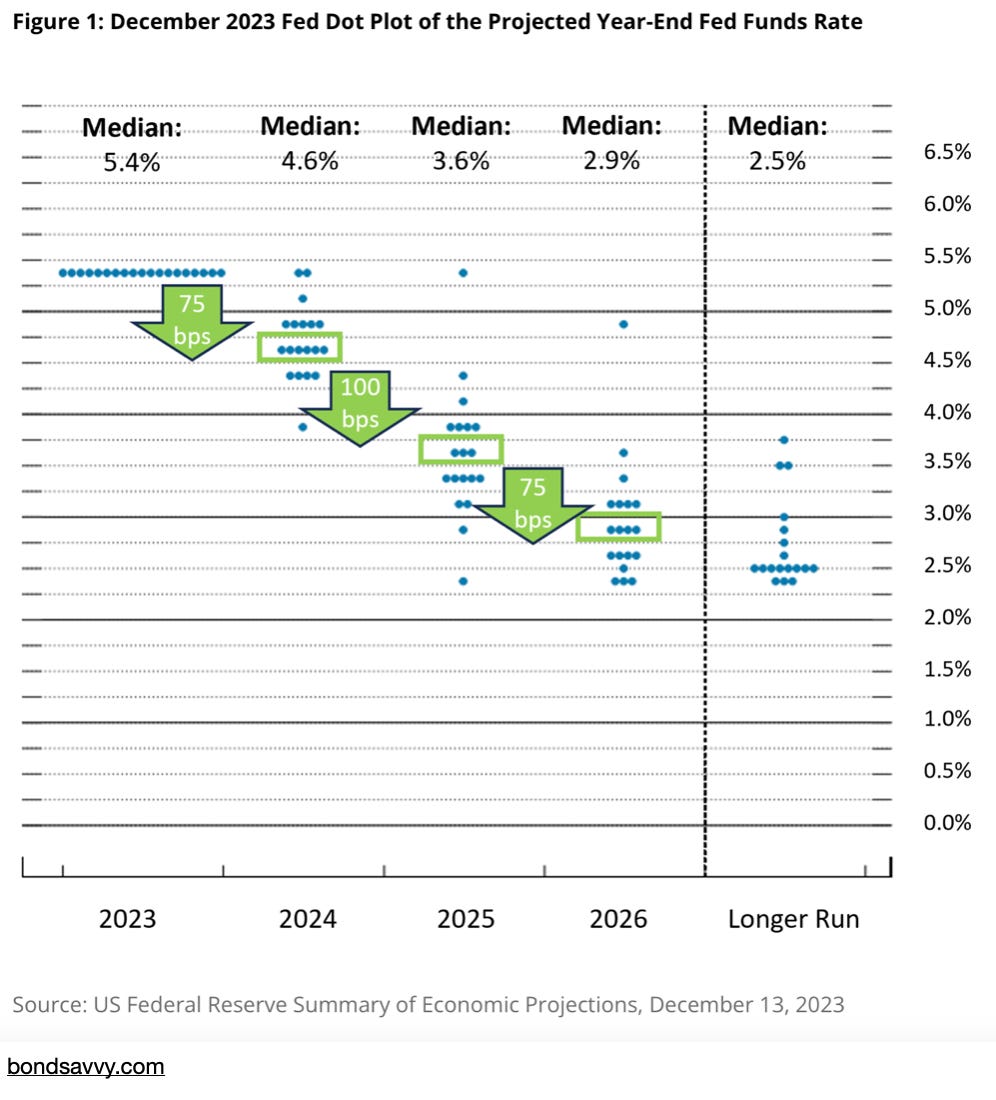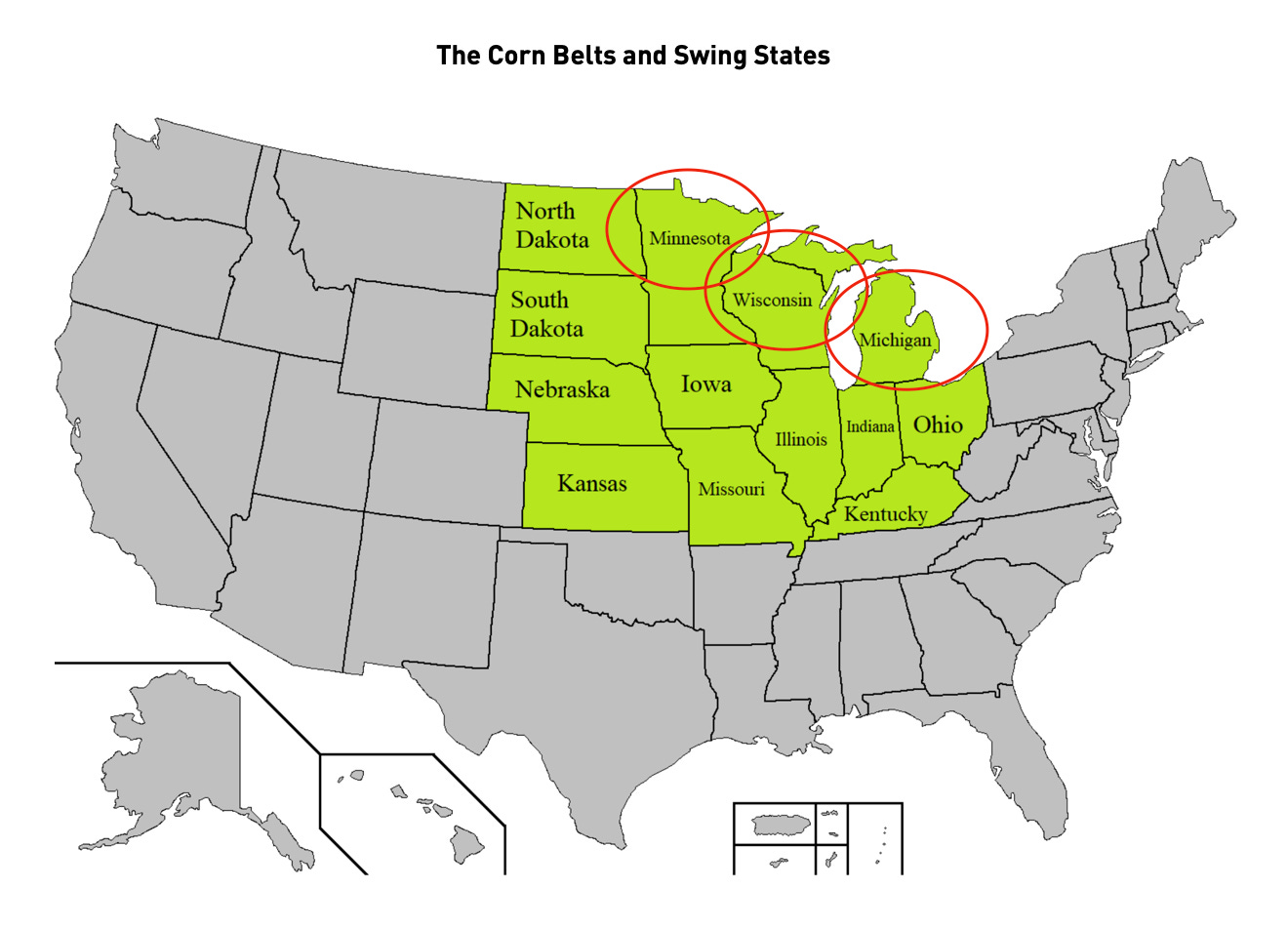
It is just a coincidence that Biden's poll numbers continue to fall and Powell encourages a pivot, isn't it?
The Unfavorable Poll
Last week, Pew Research released a poll assessing President Biden's performance in the eyes of the voters. The poll was conducted between late November and early December.
Biden’s job approval remains low and is getting lower. Only about one-third of Americans approve of the way Biden is handling his job as president. This is lower than last year’s poll of 37% and lower than the previous year’s 41%. In early 2021, Biden still got 54% approval.
Most alarmingly, Biden’s approval rating among Democratic voters fell significantly. Between 2021 and now, the approval rating among Democrats fell from 86% to 61%. Unsurprisingly, Biden’s approval rating among Republican voters remained low, about 7%, during the same period.
Respondents disapprove of Biden in almost all fields, including economics. In total, only 36% of respondents are confident that Biden can make good decisions about economic policy. This is lower than two years ago: 56%.
Another poll by Bloomberg News and Morning Consult was conducted for swing-state voters. These are the states where neither Republicans nor Democrats have a strong grip over the voters. These are the real battlegrounds where both parties try to win over the population.
Among the seven key swing states, Democrats lost as more people shifted to Republicans. Overall, 53% of respondents in those states have an unfavorable view of Biden.
Despite good economic indicators such as a low unemployment rate, strong GDP growth, and a lower gasoline price, voters still disapprove of Biden’s economic policy. The likely culprit is inflation. The latest inflation number is 3.1%. But it is the year-over-year number—the current price compared to last year’s price. Since Biden took office in January 2021, Americans paid 18% more for the goods they purchased.
In other words, even though wages are rising and people get jobs, their cost of living is rising faster, and they feel squeezed.
The Favorable Spending Policy
The first thing a government can do to appease the masses is to boost government spending. As the government spends, the money goes to contractors, businesses, employees, and the rest. Ideally.
Looking at the first two months of the federal fiscal year (October and November), the federal deficit increased by 27% year on year, and government outlays (the spending) increased by 18% year on year, or by $91 billion.
Although debatable, sometimes a boost in government spending is needed when the economy is weak. But now, with strong GDP growth and low unemployment, Biden thinks he needs to boost government spending too.
The Fed Pivot
If boosted government spending is not enough, a rate cut may do the trick.
A central bank rate cut could theoretically boost stock valuations and bond prices, potentially leading to increased investor confidence and spending. This, in turn, could stimulate the economy and spread happiness more broadly among the population.
Last week, the Fed released an updated Fed dot plot, which showed a significant rate cut every year until 2026. For 2024 alone, the dot plot shows the possibility of a 175 basis point rate cut.
A lower Fed rate can also weaken the dollar. As the dollar weakens, export revenue increases. Some of the swing states are in the corn belt, the corn exporters, such as Wisconsin and Michigan.
This coming election will be big.
IPO — New Listing
INHD 0.00%↑ Inno Holdings Inc., an innovative building-technology company with a mission to transform the construction industry with its proprietary cold-formed steel-framing technology and other building innovations.










